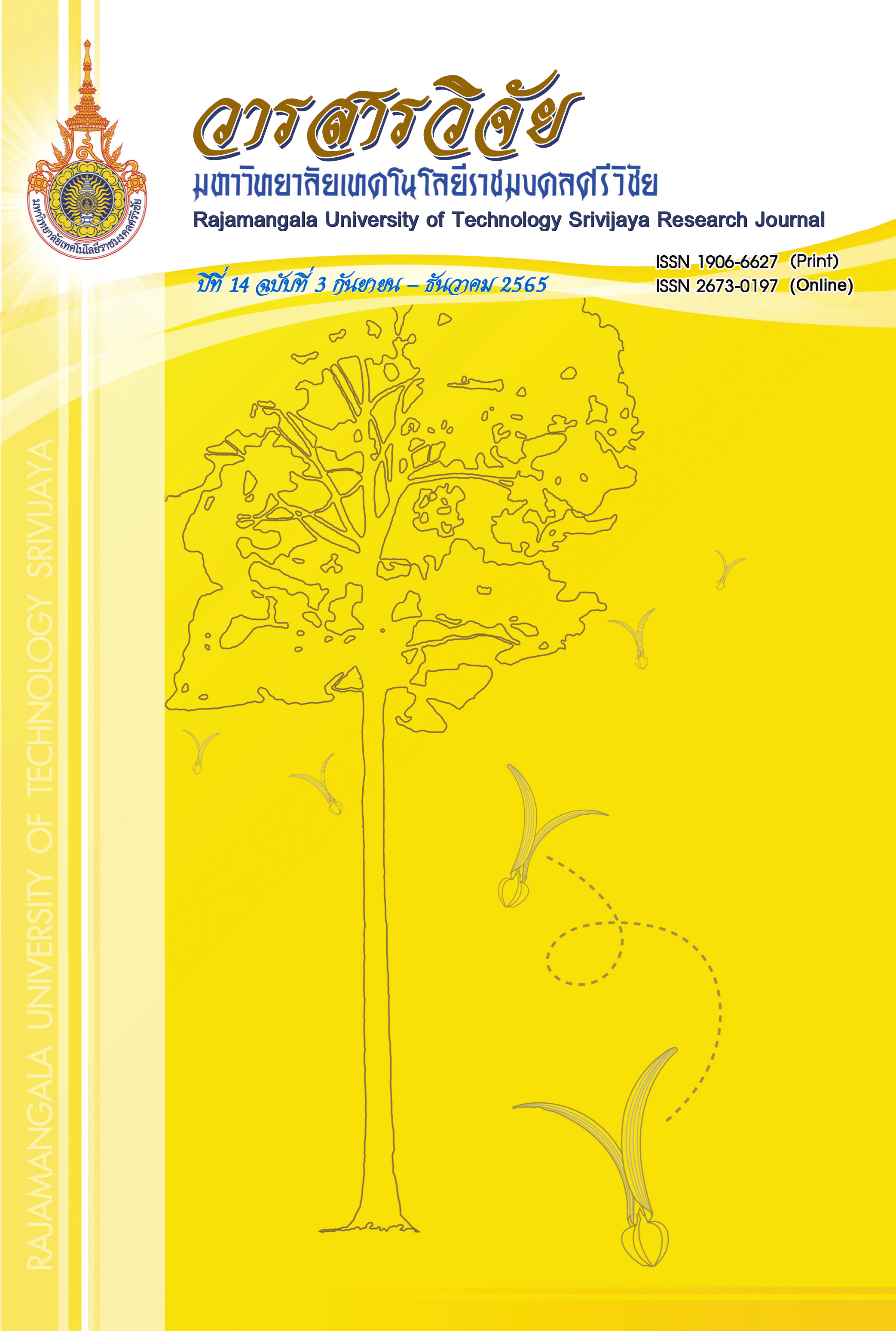Development of Learning Application on Intakhil Kiln and Earthenware Production
Keywords:
Intakhil kiln, Application, Augmented RealityAbstract
The objectives of this research were: 1) to develop a learning application for Intakhil kiln and the production of earthenware, 2) to find efficience of the learning application, and 3) to compare learning achievement of students before and after learning via the learning application. The sample group consisted of 2 representatives from a community and 5 academics from universities who checked contents and evaluated the efficiency of the application. They were recruited by using purposive sampling. The sample group also included 30 users who were recruited by using simple random sampling. Research tools consisted of a satisfaction questionnaire and a learning achievement test. Statistics used for data analysis were percentage, mean, standard seviation, t-test, and t-score.
The result of this research was the development of the learning application for Intakhil kiln and the production of earthenware. The experts evaluated the efficiency of the learning application by using black box testing technique and the finding had a mean of 4.67, indicating the highest level of appropriateness before launching the application. A comparison between the students' learning achievement before and after learning via the application revealed that the mean score after using the application was higher than the mean score prior to using the application at a 0.05 significance level. The learning efficiency increased by 41.52% after learning via the application and the users' satisfaction achieved a mean score of 4.44, with a standard deviation of 0.66, signifying a high level of satisfaction.
References
Adobe. 2021. Adobe Animate. Adobe. Available Source: https://www.adobe.com/th_en/products/animate.html, January 20, 2021.
Blender. 2021. Blender. Blender. Available Source: https://www.blender.org/, January 20, 2021.
Busarathid, K., Busarathid, J., jessadatitikul, D. and Pongtharatik, J. 2020. Augmented Reality Technology: Nursing Education Application. Christian University Journal 26(1): 104-111. (in Thai)
Chaichuay, V. 2017. Cultural Heritage Information: Concept and Research Issues. Journal of Information Science 35(2): 130-153. (in Thai)
Charoenroop, N. 2017. Applications of Augmented Reality to Present Tourist Information : A Case Study of Phrakaew Temple, Chiangrai Province, Thailand. Journal of Modern Management Science 10(1): 13-30. (in Thai)
Chiangmai Cultural Office. 2021. Intangible Cultural Heritage. Chiangmai Cultural Office. Available Source: https://www.Chiangmaiculture.net/web/index.php?r=site%2Fdetail&id=216&type=culture, January 14, 2021. (in Thai)
Ditcharoen, N., Polyiam, K., Vangkahad, P. and Jarujamrus, P. 2014. Development of Learning Media in Topics of Atomic Structure and Chemical Bond with Augmented Reality Technology. Journal of Research Unit on Science, Technology and Environment for Learning 5(1): 21-27. (in Thai)
Fitz-Gibbon, C.T. and Morris, L.L. 1987. How to design a program evaluation. CA:Sage, Newbury Park.
Likert, R. 1932. A Technique for the Measurement of Attitudes, pp. 5-55. In Woodworth, R.S., ed. Archives of Psychology. New York University, New York.
Netwong, T. 2020. The Using Resource Based Learning of Local Wisdom to Effectiveness Local Wisdom Knowledge Management by ICT of Students in Information Technology Program. Journal of Yala Rajabhat University 15(1): 40-47. (in Thai)
Özdemir, M. 2017. Educational augmented reality (AR) applications and development process, pp. 26-53. In Mobile Technologies and Augmented Reality in Open Education. IGI Global.
Pantelic, A. and Vukovac, D.P. 2017. The Development of Educational Augmented Reality Application: A Practical Approach, pp. 8745-8752. In The 10th Annual International Conference of Education, Research and Innovation, Seville. Spain.
Phiwma, N. and Mutchima, P. 2018. The Development of the Augmented Reality Application for Arts, Culture and Local Wisdom Learning Support on Alms Bowl Making at Ban Batra Community. Parichart Journal Thaksin University 31(1): 241-262. (in Thai)
PTC. 2021. Vuforia Training Catalog. PTC. Available Source: https://www.ptc.com/en/ptc-university/training-catalogs/vuforia-training, January 20, 2021.
Sittirit, C. 2016. Tangible and Intangible : Similarities among the Diversities of the Cultural Heritage. Journal of Humanities and Social Sciences 8(2): 141-160. (in Thai)
Spencer, E.H. 2015. How to analyze Likert and other rating scale data. Currents in Pharmacy Teaching and Learning 7(6): 836-850.
Srinarang, W. 2019. Learning Technology in the 21st Century. IPST Magazine 47(219): 26-29. (in Thai)
Srirochana, N. 2015. The Development of Archives Institute of Culture and Art Website Srinakharinvirot University. Institute of Culture and Arts 16(2): 1-10. (in Thai)
Supaartagorn, C. and Chaisuwan, K. 2019. Three-dimensional Thai Literature Book: Holwichai and Kawee with Augmented Reality Technology on Android Operating System. Journal of Information Science and Technology 9(2): 13-23. (in Thai)
The PHP Group. 2021. PHP. PHP release on hold. Available Source: https://www.php.net/, January 20, 2021.
Downloads
Published
How to Cite
Issue
Section
License
Copyright (c) 2022 Rajamangala University of Technology Srivijaya Research Journal

This work is licensed under a Creative Commons Attribution-NonCommercial-NoDerivatives 4.0 International License.
The content and information in the article published in Journal of Rajamangala University of Technology Srivijaya It is the opinion and responsibility of the author of the article. The editorial journals do not need to agree. Or share any responsibility.







